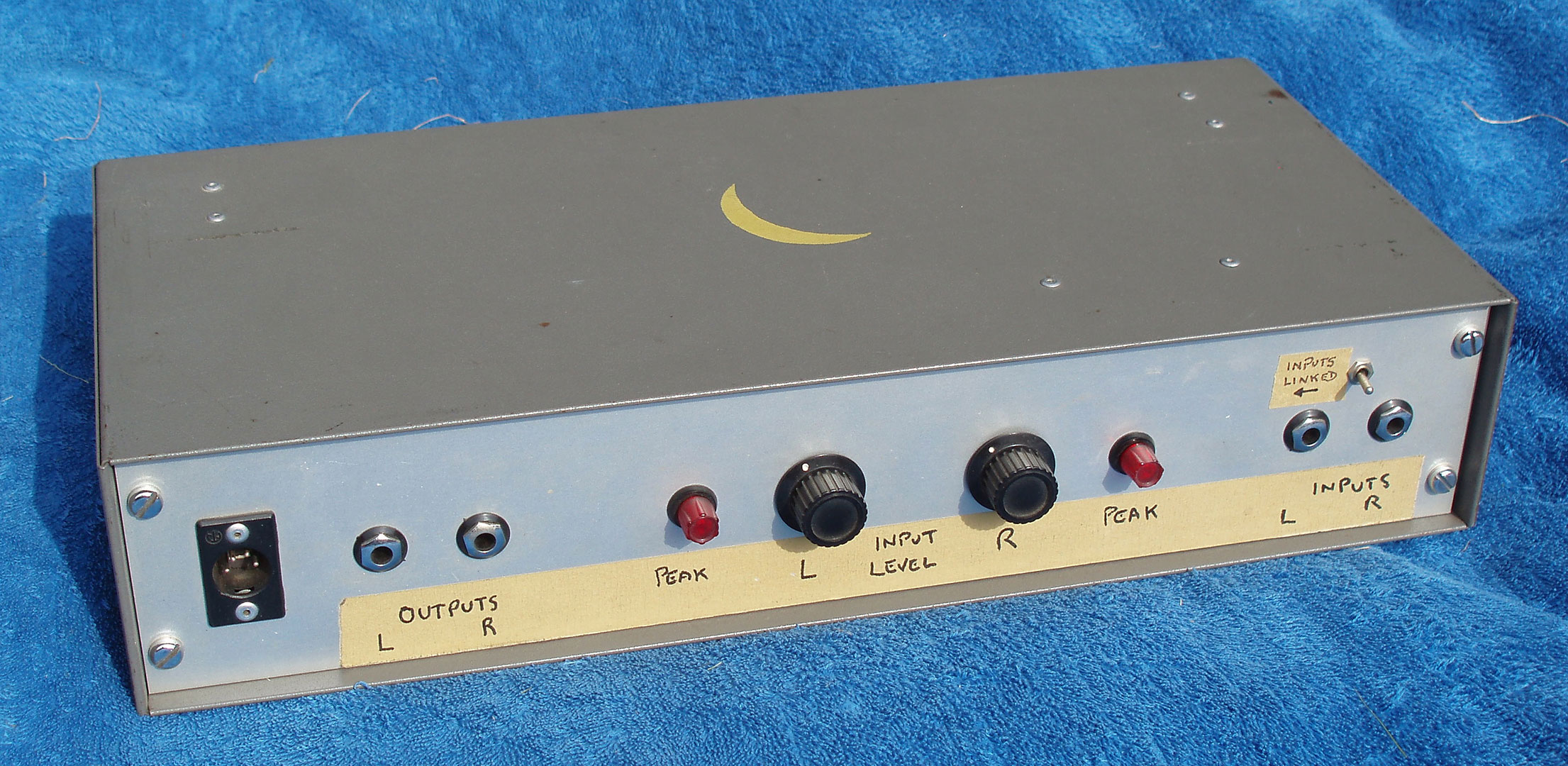


While some amp/cab simulation applications use algorithmic approaches with filtering and distortion, others use IR files produced by the running impulse signals through the actual equipment. IR files are also particularly useful for replicating the sound of a miked speaker cabinet. You can also impose the acoustic properties of an existing environment on any input signal, which is precisely what convolution reverbs are designed to do (Creasey 310). With an IR file, you can identify the acoustic properties of a space and investigate ways to optimize its acoustics. Processes like reverberation, modulation, cross-synthesis and filtering all use convolution (Roads 419).įilter slopes ( Source ) What Is an Impulse Response (IR) FileĪn impulse response file is a sort of snapshot that reflects how a physical space or audio system responds to and combines with an input signal to produce some output. Convolution lies at the heart of FFT or fast Fourier transform processes as well, which include time expansion and compression independent of pitch and vice versa. The method is used in IIR filters (infinite impulse response) which are capable of filter slopes of 12 dB per octave & above, and FIR (finite impulse response) filters that can produce a 6 dB per octave slope. Put simply, this process involves multiplication (or division in the case of deconvolution) of two audio signals to produce a third (Collins 137). Underlying the use of IR files is the concept of convolution. In this article, I will explain some of the main principles behind the methodology, list some popular paid & freeware applications that use this technology, identify 3rd party sources of IR files and offer some creative approaches to making and using your own IRs. Sony Acoustic Spaces Impulses (.Impulse Response or IR files are used in audio processing for convolution reverbs and amp/cabinet emulations.
ALTIVERB IMPULSE RESPONSES DOWNLOAD FREE
Real spaces & Misc – Free Impulse Responses URSA Majors Space Station & Kurzweil KSP8 (altiverb).

Sony DPS-V77 Reverb Unit – Made right here!.Lexicon 224XL Reverb Unit – Made right here!.Bricasti M7 Digital Reverb Unit (True Stereo Impulses).Bricasti M7 Digital Reverb Unit (Multi-format Impulses).Dynacord DRS-78 Digital Reverb Unit (1978).So please note – these or suggested for use purely at your own risk. The quality of the impulses vary due to a number of factors such as the equipment used to record the impulses, methods of deconvolving the audio, bandwidth of the original reverb hardware, etc. If you can spare the change, please consider donating a few dollars to the appropriate makers – the gang over at in particular spend a lot of time and money hosting their amazing impulses. To get you started, here is a list of free and donation based impulse responses available across the internet, made available by many generous convolution reverb aficionados. An impulse response is usually recorded using a starter gun shot, sine sweep or balloon pop to stimulate the sound of an acoustic space. At its center, convolution reverb relies on an impulse response – an audio recording done to strict criteria that is used to mathematically process the signal. While it doesn’t quite emulate algorithmic reverb units that contain modulation like those made by Lexicon, it is very hard to beat for a cost effective way of mimicking specific real acoustic spaces and similar hardware units. Over the last decade convolution reverb has made its way into the studio as a common method of synthesizing reverberation.

They will remain listed because the quality of the impulses is so astounding that it is impressive they were even offered free to begin with! UPDATE: I know the title does say FREE, but some of the websites that are linked below have added a modest charge for some of their impulse responses since this article was published.


 0 kommentar(er)
0 kommentar(er)
